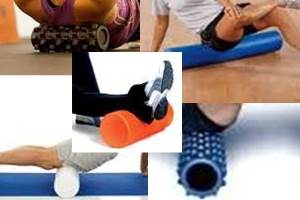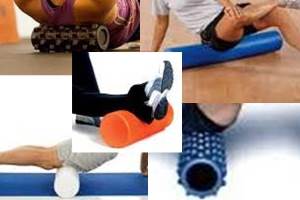statFor some women, it's about making an elegantement at special events or being a couple…

How to Choose the Right Foam Roller
 Foam rolling is gaining in popularity as more people learn about its benefits in treating soft tissue injuries and conditions such as piriformis pain and sore muscles. The first foam rollers were simple pieces of rounded foam. These days, countless alternatives to plain white foam abound to meet a wide variety of needs, uses and preferences. While having lots of options is often a good thing if you know exactly what you’re looking for, it can be overwhelming if you have no idea where to begin when choosing the right foam rollers.
Foam rolling is gaining in popularity as more people learn about its benefits in treating soft tissue injuries and conditions such as piriformis pain and sore muscles. The first foam rollers were simple pieces of rounded foam. These days, countless alternatives to plain white foam abound to meet a wide variety of needs, uses and preferences. While having lots of options is often a good thing if you know exactly what you’re looking for, it can be overwhelming if you have no idea where to begin when choosing the right foam rollers.
Why are there so many types of foam rollers?
Not every foam roller is made the same way. Neither are people. Firmer foams may be uncomfortable or painful for some people, while other people prefer the added pressure of a firm touch. Similarly, a simple round shape may not penetrate into deeper tissues, whereas a contoured shape might be a better fit for massaging hard-to-reach areas. In addition to firmness and shape, other factors to consider are purpose (sometimes called “application”), quality and cost. Choosing the foam roller that is right for you will help get the results you want, prevent injury and keep you loving your foam rolling routine for a long time to come.
Basic Types of Foam Rollers
EVA foam roller. This is the most common, standard type of foam roller and can be used by nearly everyone. EVA foam rollers are usually 3-ft long with a diameter of 6 inches. This general-use roller is made of softer foam material, so it’s great for people new to foam rolling and for people who don’t need more aggressive or specialized foam rollers to achieve their goals.
High-density foam rollers. Firmer than the EVA foam roller, a high-density foam roller is made of more solid material that can withstand more weight than softer rollers. This denser material is more durable than standard foam, but the additional resistance or pressure it applies may take longer to get used to.
Rumble roller. This firm foam rollers is lined with bumps that produce a massaging effect. The solid core inside this roller helps it stand the test of time and provides increased pressure and a deeper feel while you roll.
Grid roller. The grid roller boasts similar density to the rumble roller, but with a hollow core and smoother outer area. This option might suit someone who enjoys firmness, but without the bumpy texture of a rumble roller.
Foam rolling can be a great complement to chiropractic care and is often a useful addition to structured exercise and stretching programs. If you are considering buying a foam roller, doing your research can certainly help. However, there’s really no substitute for actually trying a particular type of foam roller and learning how to use it the right way. If you’re unsure about which type of foam roller is best for you or don’t know how to use one yet, your chiropractor can help. Just call or visit our office to learn more.




